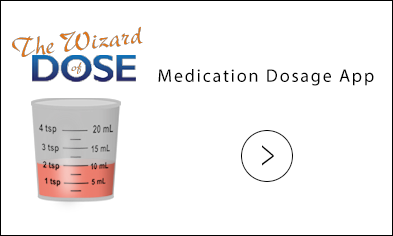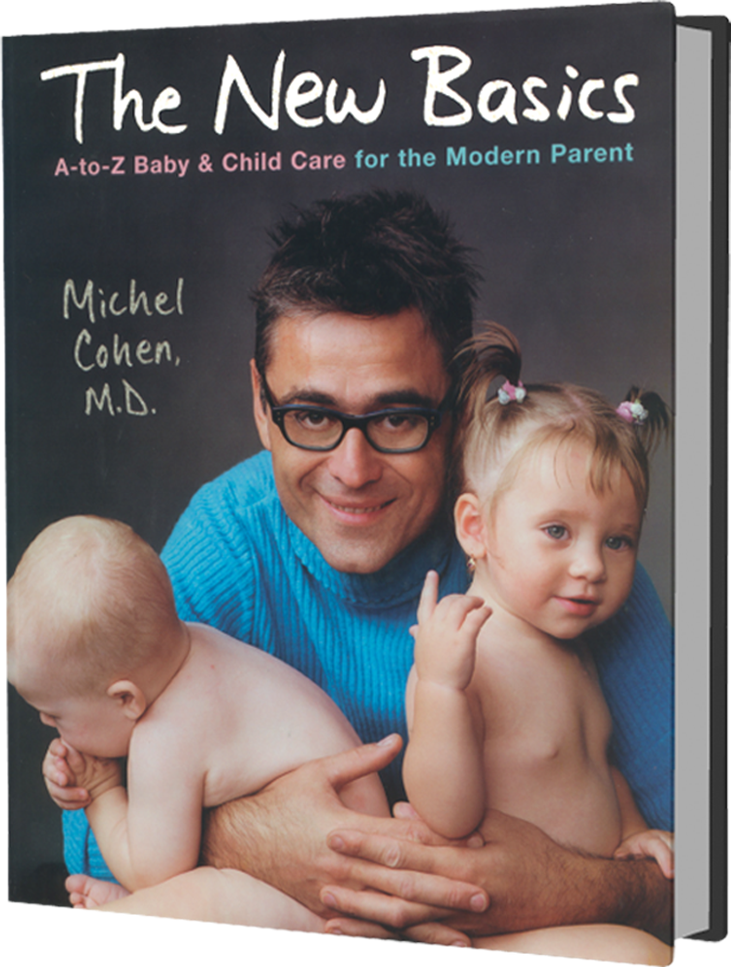
Ear Infections
If you were to look into Jimmy’s ear with an otoscope, you’d see the tympanic membrane, or eardrum, deep within the ear canal. The eardrum both seals the middle ear and transmits sound to the brain. Behind it, the middle-ear cavity connects to the throat via the eustachian tubes, which control the pressure in the middle ear. They also form a convenient passageway for germs to move from the throat and into the middle ear, where they may cause infections.
Every child suffers at least one ear infection, and some experience several. Rare before six months of age, ear infections primarily afflict toddlers, and the frequency tapers off as children get older. They frequently follow a cold or flu, because such ailments create a germ-friendly environment. Ear infections are not contagious, although the associated cold that can trigger them is.
The buildup of pressure in the middle ear is responsible for the discomfort. The degree of pain varies: Some ear infections may go unnoticed, while others can be excruciating. The pain peaks in the first twenty-four hours, and it rarely lasts for more than a couple of days, but a sensation of fullness or ringing in the ear may linger for up to a week after the infection has gone.
Fevers are also typical of ear infections, and infants especially may suffer temperatures as high as 104°F. Like any fever-producing illness, ear infections can cause febrile convulsions in predisposed children [See: Febrile Convulsions]. The child may experience vomiting, diarrhea, and poor appetite may occur in varying degrees of intensity.
Temporary hearing loss is the most common complication of an ear infection. Following an episode, you will probably hear Jimmy say “what?” even more than usual, until the fluid remaining in his middle ear drains and he recovers his full range of hearing.
In extremely rare cases, serious complications can arise when the infection spreads to the surrounding bone or the brain. This condition would be indicated by a persistent, very high fever and a very sick child.
Treatment
Once upon a time, doctors believed antibiotics were the only way to alleviate symptoms and prevent complications from ear infections. Since these infections are so common in children, the widespread use of antibiotics for this very purpose has largely contributed to antibiotic resistance. Recent medical research has demonstrated, however, that whether the cause is viral or bacterial, most infections will heal without any antibiotics and without any complications.
Nowadays, the standard of care for children over six months of age is to soothe the pain with acetaminophen or ibuprofen and observe for signs of a persisting infection. Pain medications are magical in their immediacy: Jimmy goes from crying to singing as soon as they take effect. You can use the highest recommended child’s dosage, and repeat these medications as needed (every four hours for acetaminophen and every six hours for ibuprofen).
If the infection does not subside on its own within a couple of days, as indicated by persistent fever and pain, an oral antibiotic prescribed by your doctor is warranted. When the treatment is instituted at this stage, the ear infection clears up rapidly, although it’s hard to know if you’re seeing a delayed effect of the body’s own immune system or the antibiotic at work. For infants younger than six months of age, we always use antibiotics when treating ear infections for fear of complications.
The laissez-faire approach—treating only those few ear infections that do not resolve instead of all of them—is far more logical. This approach spares your child the potential side effects of medications and helps keep his resistance to antibiotics low. Even when the infection doesn’t clear up, waiting and watching for a couple of days has the benefit of allowing the body’s natural defenses time to take effect. Unfortunately, despite the scientific evidence, doctors are still heavy-handed with the prescription pad when it comes to ear infections, probably because of a fear of liability, the ingrained habit of dispensing gallons of pink medication, and their own aversion to feeling useless.
Perforated Ear Infections
On occasion, the pressure in the middle ear will make the eardrum pop spontaneously, just like a pimple on the skin, and a bloody liquid will drip from the ear canal for a few days. This sounds and looks far worse than it is: The puncture relieves painful pressure almost immediately, and the draining promotes faster healing. You may be surprised to learn that before antibiotics existed, doctors regularly slit eardrums to treat ear infections. After a perforation, the eardrum usually heals in just a few weeks, and hearing is fully restored. Until the ear stops draining fluid, Jimmy should not bathe or go swimming, as water could seep into the middle ear and cause serious complications. Note: If the drainage persists more than three or four days, an antibiotic may be necessary.
Recurrent Ear Infections
One of the most frustrating things for parents (and children!) is a recurrent ear infection, which can start in infancy and continue through childhood. In such cases, anatomical disposition is generally to blame, rather than a weak immune system: The afflicted ear canal is configured in such a way that the germs ascend easily through the eustachian tubes to infect the middle ear. Enlarged adenoids are another predisposing factor [See: Adenoids]. These glands, which are located behind the nose and are supposed to clear the germs in the throat, sometimes become infected.
Recurrent ear infections primarily afflict younger kids, starting in infancy and tapering off as late as six years of age. My approach is to treat the most serious episodes—those involving prominent pain and fever—but to ride out the moderate episodes and let the child’s natural defenses fight the germs. Contrary to what you may think, not treating a recurrent ear infection won’t increase the chances of recurrence. Predisposed children will develop further infections or persistent ear fluid, whether or not each occurrence is treated. The unmedicated kids at least have the advantage of not developing antibiotic resistance. As a result of recurrent ear infections, fluid can accumulate in the middle ears, and impair hearing, which is critical for speech development. If Jimmy is predisposed to recurrent ear infections, no medicine, diet, or alternative treatment will decrease the occurrences of ear infection until he outgrows this stage. Abnormally repetitive ear infections incurring fluid buildup can be prevented with the surgical insertion of ear tubes [See: Ear Tubes].
Persistent Ear Fluid
After an ear infection, the fluid that’s accumulated behind the eardrum usually empties slowly into the eustachian tubes. If, for any reason, these tubes become blocked, the fluid will remain in the middle ear and affect hearing, which can in turn impede language acquisition. This chain of unfortunate events may take place without your ever being aware of it, as ear infections and their aftereffects frequently go undetected.
If the doctor’s examination shows that your child’s ear is retaining fluid, the first step should be to have his hearing evaluated [See: Hearing Tests]. If it is only mildly impaired, there is no urgency, and the best approach is to wait and reevaluate the progress in a couple of months. The fluid will usually drain on its own. If it doesn’t and hearing is markedly impaired, your doctor will probably suggest a simple surgical procedure that involves inserting ear tubes into the eardrum to drain the fluid and help avoid subsequent ear infections. Long courses of antibiotics have little or no effect in drying out the fluid, although some doctors will sometimes prescribe them in an effort to avoid operating. The same goes for blowing into a balloon daily to unclog the eustachian tubes; even if Jimmy finds it amusing, it’s not very effective. Decongestants, which are similarly ineffective, have more side effects than benefits [See: Decongestants].
Debunking Ear-Infection Myths
Contrary to popular belief:
- Allowing water into the ear in a bath or swimming pool will not cause a middle-ear infection. “Swimmer’s ear” is a totally different condition that affects the outside skin of the ear canal (see: below).
- Swimming with an ear infection is not a problem unless the eardrum is perforated
- There’s no reason to cancel air travel if your child has an ear infection, unless the pain is intense [See: Air Travel].
- Allergies neither cause nor increase the chances of getting ear infections.
- Eliminating milk, wheat, or anything else from your child’s diet won’t minimize the chance of an ear infection.
- You can’t treat or prevent simple ear infections with ear drops of any kind, including garlic oil. Drops don’t pass through the eardrum, which seals the middle ear from the outside.




 MEDICATION DOSAGE
MEDICATION DOSAGE

